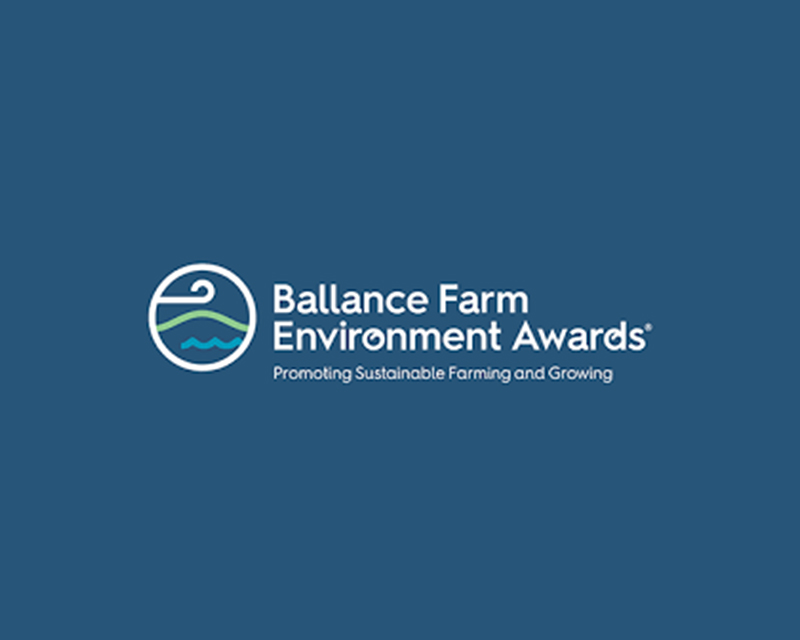
Maximising Returns in Forestry: Strategic Management and Market Integration
Sustainable Forestry
Sustainable forestry is fundamental to maximising returns. It involves managing forests to balance economic, social, and environmental benefits. This approach is based on sustained yield principles, ensuring a continuous supply of timber and other forest products while maintaining ecosystem health and biodiversity. Implementing sustainable forestry can provide significant economic benefits by allowing for the long-term use and management of forests. It also offers social benefits, like employment and income for rural communities. However, it requires careful planning and monitoring to balance ecological, social, and economic considerations.
Ecosystem Management
Ecosystem management in forestry is about maintaining the natural processes and functions of forest ecosystems. It involves a holistic approach, recognizing forests as dynamic systems influenced by various factors, including climate, soil, topography, and human activities. This management style integrates ecological, social, and economic considerations, emphasizing monitoring and adaptive management to ensure the effectiveness of forest management practices.
Adaptive Management
Adaptive management in forestry acknowledges the uncertainties and complexities of forest ecosystems. It involves a continuous cycle of planning, implementation, monitoring, and evaluation, allowing forest managers to learn and adjust practices over time. This approach also involves collaboration and stakeholder engagement, considering the significant social and economic impacts of forest management decisions.
Market Integration
Market integration is crucial for maximising returns in forestry. New Zealand’s forestry sector, contributing around $6.6 billion annually and employing up to 40,000 people, is the country’s fourth-largest export earner. Despite being a small player globally, New Zealand’s forestry production and trade are significant, with expectations of high timber volumes for the next decade due to mature forests. The market for forestry land remains robust, supported by strong commodity prices and rising carbon prices. Carbon farmers are actively purchasing land, often near processing facilities or export sites, indicating the importance of strategic location in maximising returns.
The at-wharf log prices have been solid, reflecting the strength of the forestry products market. However, supply chain issues, such as high shipping costs and wharf loading issues, add additional costs, highlighting the need for effective logistics management in forestry. The secondary carbon market’s growth also presents opportunities, with the price per NZU exceeding $49, indicating a potential for significant returns from carbon trading.
Maximising returns in forestry through strategic management and market integration involves a comprehensive approach that balances sustainable and ecosystem management practices with adaptive strategies to respond to market dynamics and logistical challenges. This approach, particularly in a country like New Zealand with its substantial forestry sector, can lead to enhanced economic, social, and environmental benefits.













